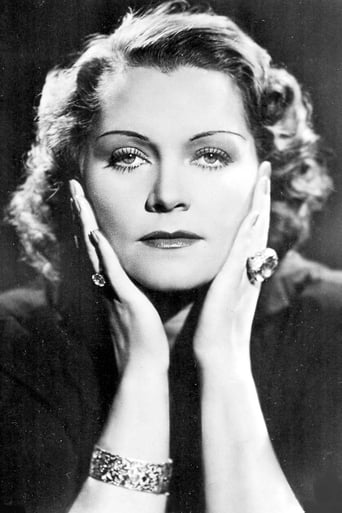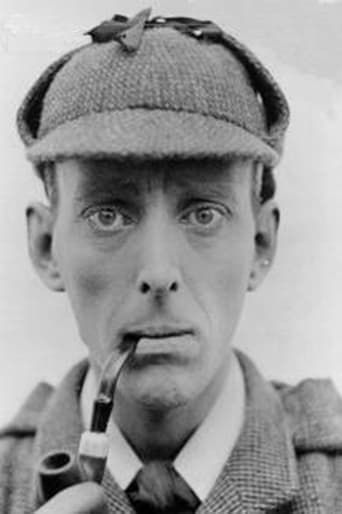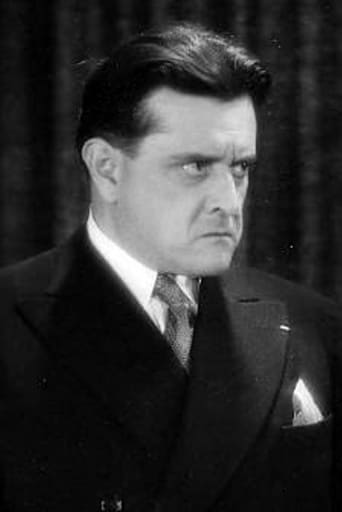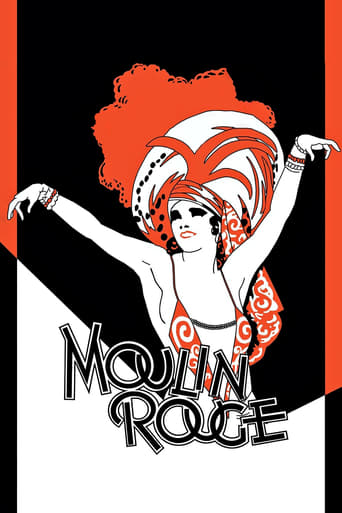
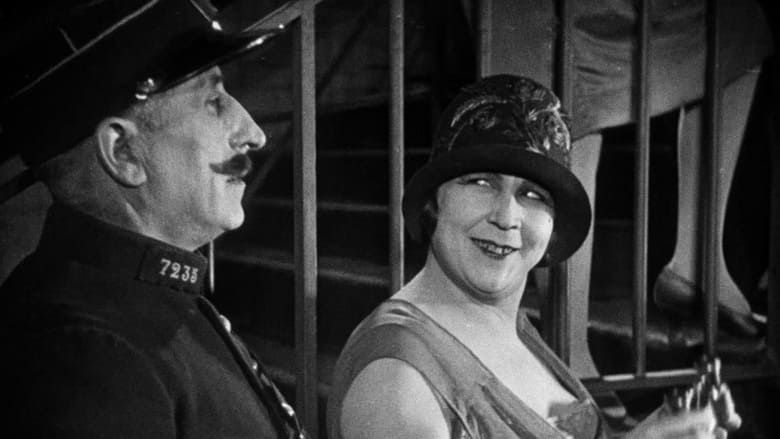
Moulin Rouge (1928)
An odd and tightly directed tale of a singer/dancer at the Moulin Rouge, who meets her daughter's fiance, only to have him fall obsessively in love with her and she with him. Alienation, betrayal and near tragedy result.
Watch Trailer
Cast
Reviews
Wow! What a bizarre film! Unfortunately the few funny moments there were were quite overshadowed by it's completely weird and random vibe throughout.
By the time the dramatic fireworks start popping off, each one feels earned.
The joyful confection is coated in a sparkly gloss, bright enough to gleam from the darkest, most cynical corners.
what a terribly boring film. I'm sorry but this is absolutely not deserving of best picture and will be forgotten quickly. Entertaining and engaging cinema? No. Nothing performances with flat faces and mistaking silence for subtlety.
Everyone knows E.A. Dupont's Variety (1925) even in Paramount's somewhat abbreviated USA version on a rather dark but quite watchable 7/10 Grapevine DVD. Karl Freund's astounding photography combined with the noirish script, Janning's powerful Boss Huller, Lya de Putti's sensual Bertha and Warwick Ward's spivy Artinelli - all molded into an atmosphere maelstrom by E.A. Dupont - make this one an absolutely rivetting must-see! But I regard Dupont's Moulin Rouge (1928) as the better movie. It is also available from Grapevine in a 7/10 - no, make that an 8/10 DVD because it does have the original music and sound effects track plus the run-out music. This one stars that absolutely gorgeous Russian, Olga Tschechowa, as the mother who quite puts her movie daughter, Australian actress, Eve Gray, in the shade. If the movie is somewhat predictable in plot, it is always brilliantly off-beat in both its montage and directorial style, thanks to the charismatic genius of writer/producer/director (and no doubt supervising film editor) Dupont. The musical interludes are an intrinsic part of the plot. Here they are breathtakingly realized right from the night-montage opening to the dramatic conclusion.
It is many years since I had watched my video of this film so I played it this afternoon.Directed by DuPont in his British period.He is most known here for the ludicrous pauses in the dialogue of Atlantic.I would certainly agree with one of the reviewers who commented on the totally daft plot.After all why would a mother want a daughter to marry a man who was lusting after her.So far as the cinematography is concerned,this brings into focus the strange face makeup of the actors.Their upper eyelids are darkened and their eyebrows marked in very boldly.Is this part of the expressionist style or is it because of problems with the film stock used ?
I watched the Grapevine video edition of Moulin Rouge, and their old tapes are not particularly known for excellent video transfers or scores. However after about the first 15 minutes, in which we are treated to some rather frenzied nightlife location shots in Paris, the main characters are finally introduced and the action quickly gets steamy, thanks in no small part to the chemistry between Olga Tschechowa and the male lead, Jean Bradin, which is immediate and compelling.The story involves a love triangle between mother - daughter - prospective son-in-law. The daughter (Eve Gray) never seems to realize that her fiancée has the hots for her own mother. The audience keeps waiting for the light bulb to go off in her head, but she just charges ahead, completely trusting in her mother and young lover, with dangerous consequences.Olga Tschechowa (a paramour of Adolph Hitler) struck me very much as almost a carbon copy in looks and acting mannerisms to Pola Negri. In fact I kept visualizing Pola in this role as a I watched Olga. Olga was just as good an actress as Pola; every scene she is in your eye gravitates to her first. Effective use of close-ups and intelligent discourse between the characters, reflected in the title cards, adds to the pleasure of this sultry concoction. If you are into romantic foreign silent films this version of Moulin Rouge will prove enjoyable to you.
Ewald Dupont's final silent effort is one of his best combining firmly controlled direction and editing, highly stylized and innovative camerawork by Werner Brandes, along with a magnificent performance by the female lead, the great German actress Olga Tschechowa. Filmed in part at the Lido De Paris during an international review, the film is valuable to any who are deeply interested in social and cultural history as the Parisian scenes are fascinating and blend seamlessly with the scenario, which relates of a young French nobleman's erotic fascination for an actress, the mother of his betrothed. Although the plot is essentially melodrama, we are never far from the perception of reality, as Dupont does not permit whim to his actors, with the result that each glance and movement, if edited away, would reduce the effect of the story's progression. Cinematographer Brandes makes correct use of the Stanislavsky trained Tschechowa's striking features, since she is the linchpin of the film's considerable energy, although even the small roles in MOULIN ROUGE are handled in more than creditable fashion.
